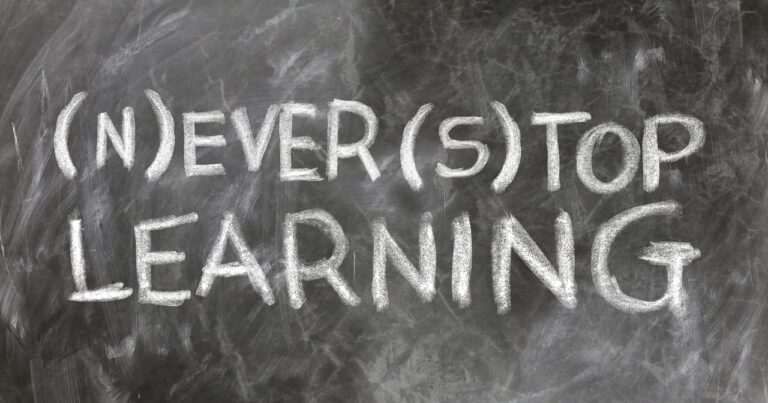Learning doesn’t end with formal education. In fact, the most vibrant, fulfilling learning often begins when grades and degrees no longer define our relationship with knowledge. When we shed performance anxiety and embrace curiosity for its own sake, we discover that learning becomes not just another task but a profound source of vitality throughout life.

Research in neuroscience reveals that continuous learning creates new neural pathways, enhancing cognitive flexibility and resilience against age-related decline. What’s remarkable is that this “brain fitness” doesn’t require academic study—learning to bake sourdough bread, identifying local bird species, or mastering a simple melody on the piano all create these beneficial neural connections.
Each time we venture into unfamiliar territory, our brains respond by becoming more adaptable. This neuroplasticity—our brain’s ability to reorganize and form new connections—remains with us throughout life, not just in childhood as once believed. The curious mind literally stays younger, more flexible, and more resilient.
Many of us carry school-shaped scars from learning environments that emphasized grades, competition, and external validation over genuine understanding and discovery. Healing these wounds means reclaiming learning as an inherently satisfying human experience rather than a performance to be judged.
Try approaching a new area of interest with these questions:
When we learn for internal reasons rather than external validation, we rediscover the intrinsic joy that drew us toward knowledge as children.
We each have unique ways of processing and integrating new information. Some learn best through hands-on experimentation, others through reading or listening, still others through discussion and teaching. Recognizing your natural learning preferences allows you to design experiences that feel energizing rather than depleting.
Consider times when learning felt effortless and engaging. What conditions supported that experience? Was it solitary or social? Structured or exploratory? Understanding these patterns helps you create optimal conditions for your particular mind.
This doesn’t mean avoiding challenging approaches entirely—sometimes the learning style that feels most difficult offers the greatest growth—but it does mean honoring your natural tendencies as you expand your repertoire.
One of the greatest barriers to continued learning is the perception that it requires large blocks of time that our busy lives don’t permit. In reality, learning thrives in small, consistent moments:
These micro-learning moments compound dramatically over time, particularly when they become habitual. The key isn’t duration but consistency and presence—giving your full attention to what you’re learning, however briefly.
While solitary study has its place, learning alongside others adds dimensions of accountability, perspective, and shared discovery. Online communities, local workshops, book clubs, and skill-sharing gatherings all provide social contexts that sustain motivation and enrich understanding.
Teaching what you’re learning—even as a beginner—accelerates your own mastery while creating connection. The act of articulating new concepts forces clarity and reveals gaps in understanding, while sharing your enthusiasm inspires others to pursue their own curiosity.
Beginning to learn something new requires vulnerability—a willingness to be temporarily incompetent, to make mistakes, to not know. This discomfort keeps many people confined to familiar territory, missing the exhilaration that comes with venturing into the unknown.
Remember that every expert began as a novice. The difference between those who develop new capabilities and those who don’t isn’t talent but the willingness to endure the awkward early stages of learning. This temporary discomfort is the gateway to expanded possibilities.
At its deepest level, learning isn’t something we do occasionally but a way of moving through the world—approaching each day, each interaction, each challenge with genuine curiosity. This orientation toward life keeps us engaged, growing, and vitally present regardless of age or circumstance.
When we embrace learning not as an achievement to complete but as an ongoing relationship with life itself, we discover that our capacity for growth and renewal is boundless. In a world of constant change, this adaptability becomes not just a practical advantage but a source of lasting fulfillment.